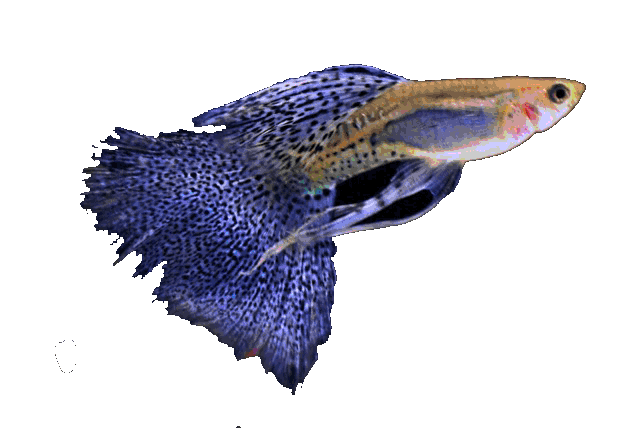



Basic data:
Scientific name: Brachyrhaphis holdridgei (Bussing 1967)
Slovenian name:
Group: Livebirds
Source: Central America, Río Prinzapolka, Nicaragua do Río Pacuare, Costa Rica.
Size: Males 4 cm, females up to 5 cm
Biotope / Habitat: Rivers and streams, muddy shoals, dead ends and puddles.
Social behavior: Relatively calm, fish flocks (6+)
Diet: Insectivores (worms, insects, insect larvae, crustaceans, ...)
Cultivation: Medium difficult (3/5)
Aquarium: Minimum 80 liters
Population: 10 fish per 80 liters of water
Decoration: Plants, stones, roots, fine substrate / sludge
Temperature: 21-35 ° C
pH: 6-8
Hardness: from 2 ° dGh to 20 ° dGh
Life span:
Brachyrhaphis
holdridges
Kingdom: Animalia / animals
Trunk: Chordata / string players
Class: Actinopterygii / arthropods
Order: Cyprinodontiformes / Toothpicks
Family: Poeciliidae / live-bearing toothed carp
Genus: Brachyrhaphis
Type: Brachyrhaphis holdridgei
(Bussing 1967)
Cultivation
It's a flock of fish, the most peaceful representative of the genus Brachyrhaphis and at the same time the most colorful. Males can be aggressive towards other fish (pinching fins), so it is best to have a species aquarium. A large container of clean medium-flowing water will be ideal. Neutral pH and softer water suits them perfectly, they can withstand quite high temperatures. Fish feel great in smaller ones groups. The aquarium should be overgrown, with central swimming area, hiding places, small base.
Food
Insectivores like to eat microwaves, fleas, artemia, mosquitoes, wine flies, ...
Reproduction
Given the easy cultivation of the species, pups may appear in a group aquarium, but the question is which one survives. Simply, if we want to grow, we need to separate the females prepared for this purpose, heavily overgrown aquariums and watch closely when the young appear, and immediately save the young from greedy adult fish. Java moss is an ideal choice for the plant, as it makes it impossible for adult fish to catch young.
Trivia
The genus contains 12 species, mostly colorful but less popular fish due to their slightly aggressive nature.
The species is the most colorful in the genus, the body is yellow-orange, the dorsal fin is bright red, 10 to 12 dark vertical line along the entire length of the body, females are also in these colors, only more intense in males. Along with quality food, the fish are even more beautifully colored. Below is a snapshot of the natural habitat of these fish.
An example of the habitat of a species




